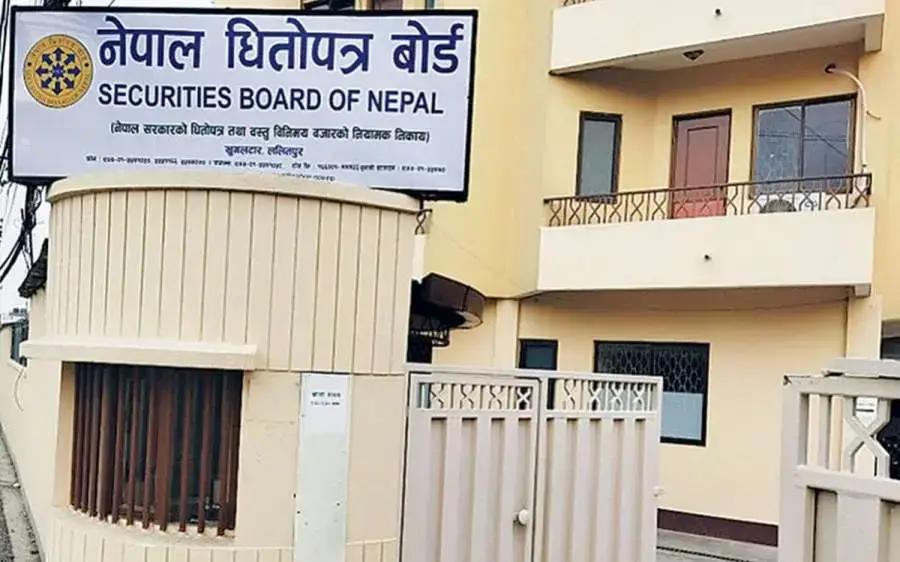By Sandeep Chaudhary
Time Deposits Decline by Rs. 193 Billion: Why Fixed Savings Are Falling

Nepal’s banking system has witnessed a notable contraction in time deposits, which fell by Rs. 193 billion (−5.2%) year-on-year by mid-August 2025, according to Nepal Rastra Bank’s monetary survey. This drop indicates a shift in depositor behavior amid changing interest rate dynamics, inflation trends, and liquidity movements in the banking sector.
Time deposits — which include fixed-term savings accounts and long-term certificates of deposit — are a key source of stable funding for banks. The decline suggests that depositors are increasingly preferring shorter-term or more flexible savings instruments, such as call and savings deposits, which grew significantly during the same period.
Bankers attribute this trend to falling fixed deposit interest rates and the gradual normalization of liquidity in the financial system. As the Nepal Rastra Bank reduced policy rates and liquidity tightened, many banks lowered their fixed deposit rates, prompting savers to move their funds toward more liquid accounts that offer better access despite slightly lower returns.
This decline in long-term savings could have broader implications for credit expansion. Time deposits traditionally provide the funding base for long-term business loans and infrastructure financing. If the trend continues, banks may face challenges in sustaining long-term credit growth, especially in sectors like hydropower, manufacturing, and real estate.









